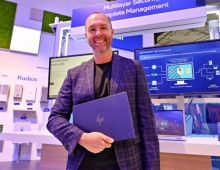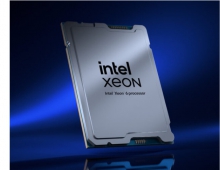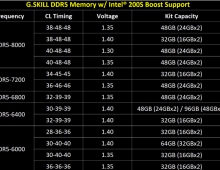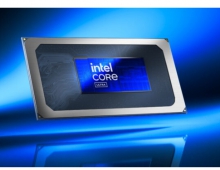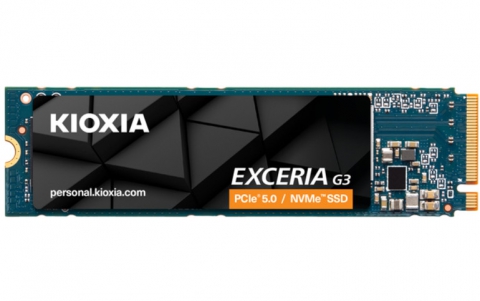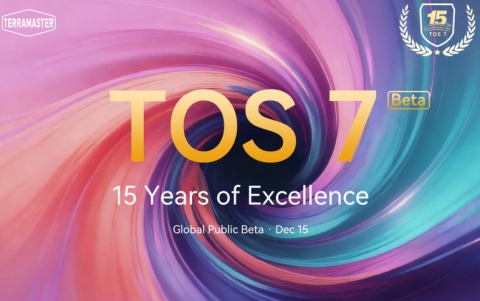
Intel’s Pohoiki Beach Neuromorphic System Powers Advanced Research Tests
Today, Intel announced that an 8 million-neuron neuromorphic system comprising 64 Loihi research chips — codenamed Pohoiki Beach — is now available to the broader research community.
With Pohoiki Beach, researchers can experiment with Intel’s brain-inspired research chip, Loihi, which applies the principles found in biological brains to computer architectures. Intel claims that Loihi enables users to process information up to 1,000 times faster and 10,000 times more efficiently than CPUs for specialized applications like sparse coding, graph search and constraint-satisfaction problems.

“We are impressed with the early results demonstrated as we scale Loihi to create more powerful neuromorphic systems. Pohoiki Beach will now be available to more than 60 ecosystem partners, who will use this specialized system to solve complex, compute-intensive problems,” said Rich Uhlig, managing director of Intel Labs.
With the introduction of Pohoiki Beach, researchers can efficiently scale up novel neural-inspired algorithms — such as sparse coding, simultaneous localization and mapping (SLAM), and path planning — that can learn and adapt based on data inputs. Pohoiki Beach represents a milestone in Intel’s neuromorphic research, laying the foundation for Intel Labs to scale the architecture to 100 million neurons later this year.
Continuing the gains in power and performance enabled by Moore’s Law has been a difficult task, and Intel is looking to other approaches and specialized architectures besides continued process-node scaling.

The Pohoiki Beach neuromorphic system demonstrates the benefits of a specialized architecture for emerging applications, including some of the computational problems hardest for the internet of things (IoT) and autonomous devices to support. By using this type of specialized system, as opposed to general-purpose computing technologies, we can expect to realize orders of magnitude gains in speed and efficiency for a range of real-world applications, from autonomous vehicles to smart homes to cybersecurity.
At the Telluride Neuromorphic Cognition Engineering Workshop this week, for example, researchers are using Loihi systems to solve challenges at the cutting edge of neuromorphic engineering. Projects include providing adaptation capabilities to the AMPRO prosthetic leg, object tracking using emerging event-based cameras, automating a foosball table with neuromorphic sensing and control, learning to control a linear inverted pendulum, and inferring tactile input to the electronic skin of an iCub robot.
Later this year, Intel will introduce an even larger Loihi system named Pohoiki Springs, which will build on the Pohoiki Beach architecture to deliver "an unprecedented level of performance and efficiency for scaled-up neuromorphic workloads," according to the company.
Intel’s engineers expect that measurements from these research systems will quantify the gains that are achievable with neuromorphic-computing methods and will clarify the application areas most suitable for the technology. This research paves the way for the eventual commercialization of neuromorphic technology.


